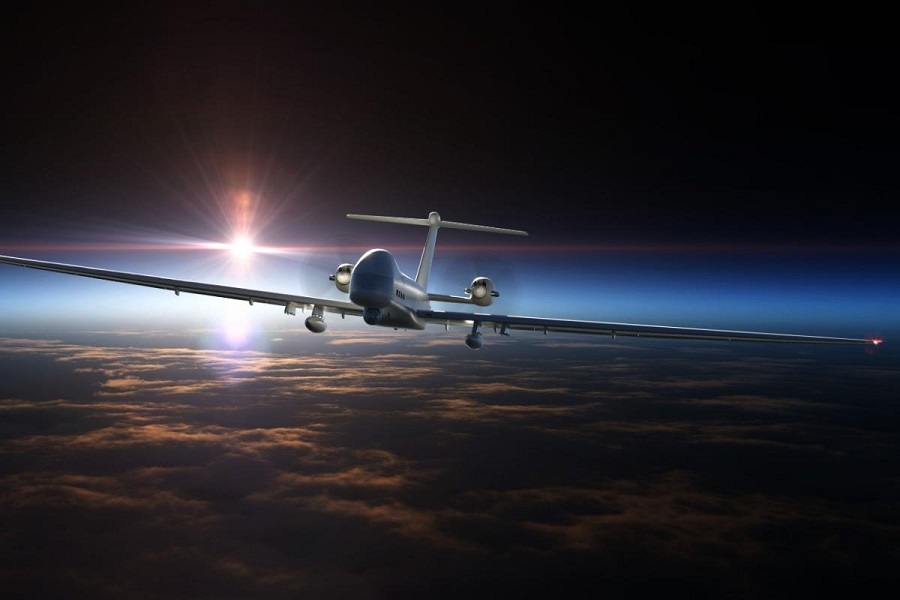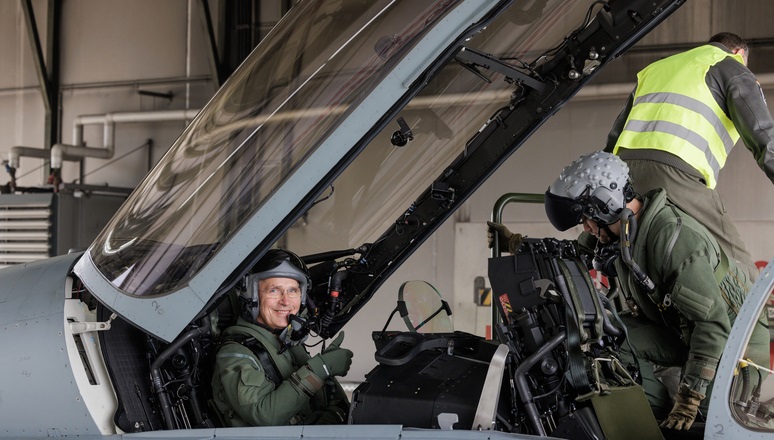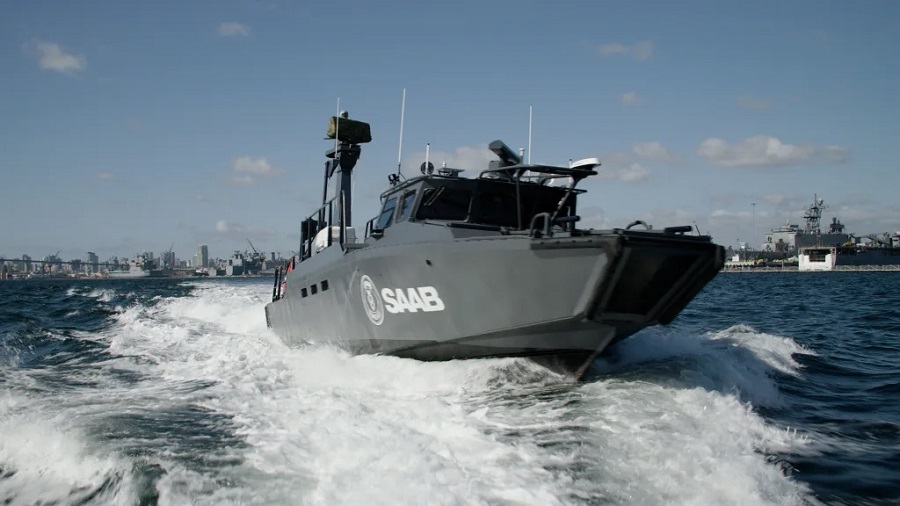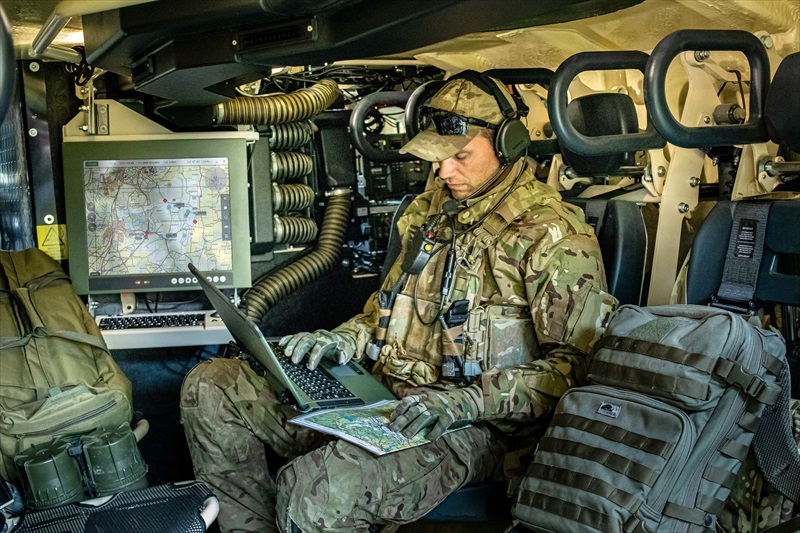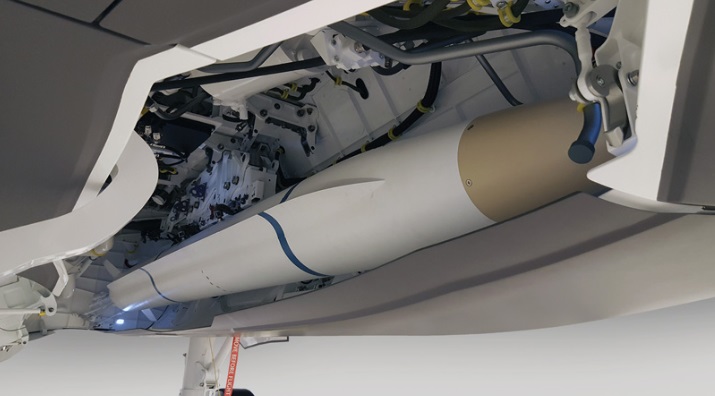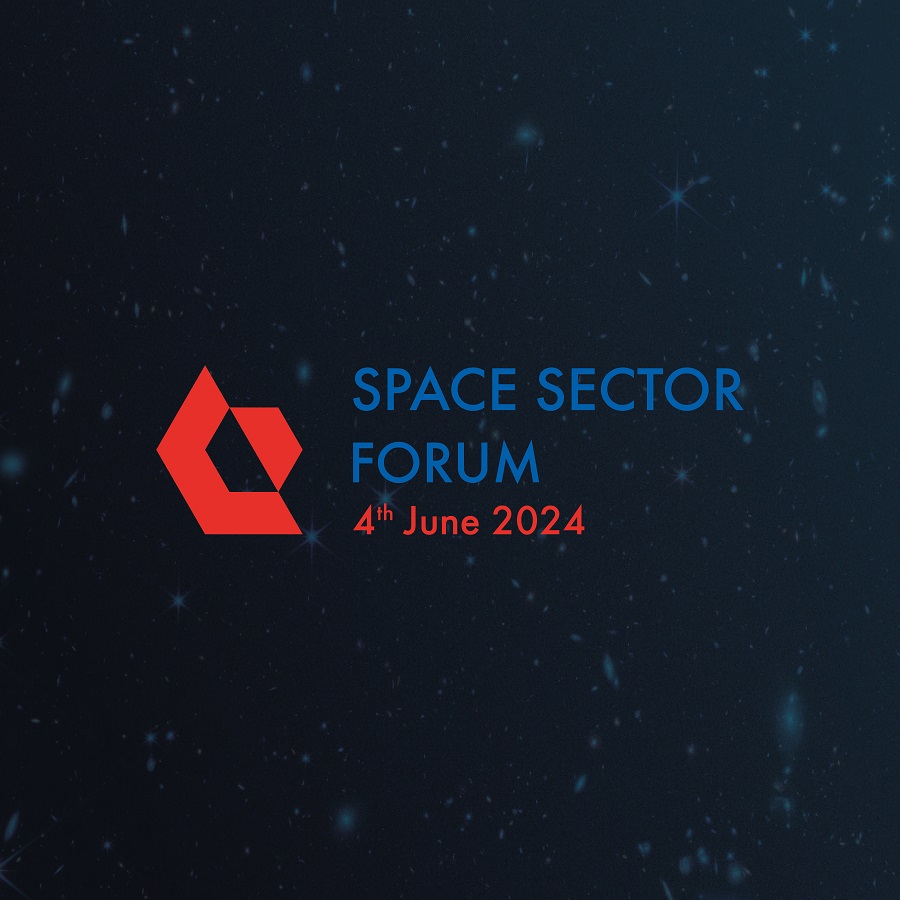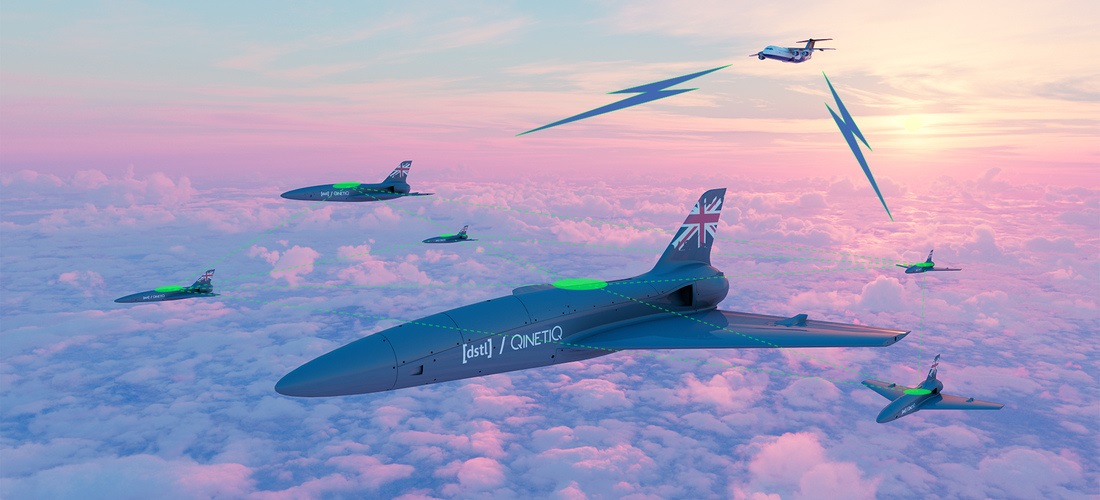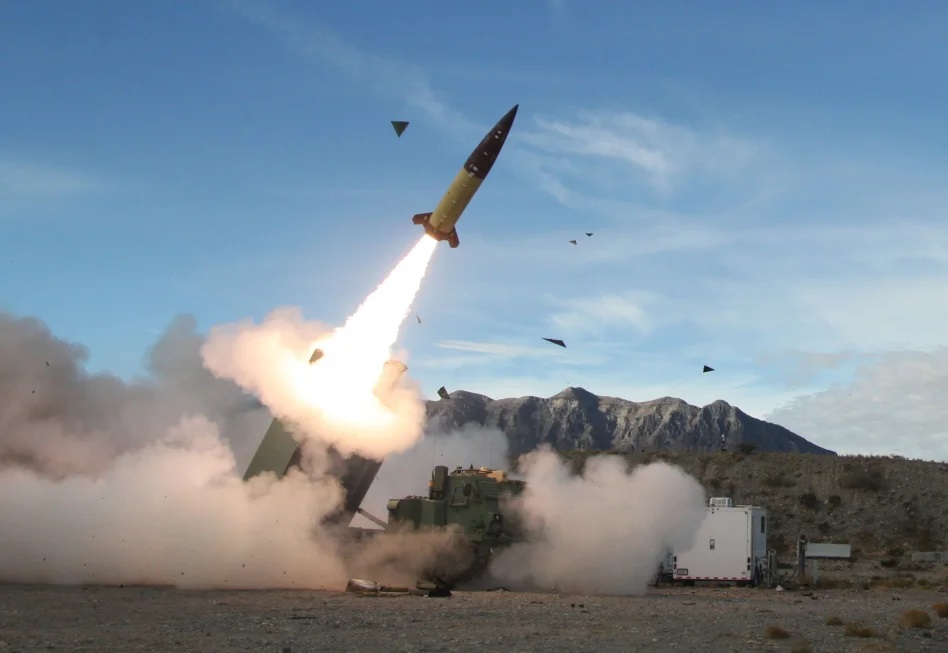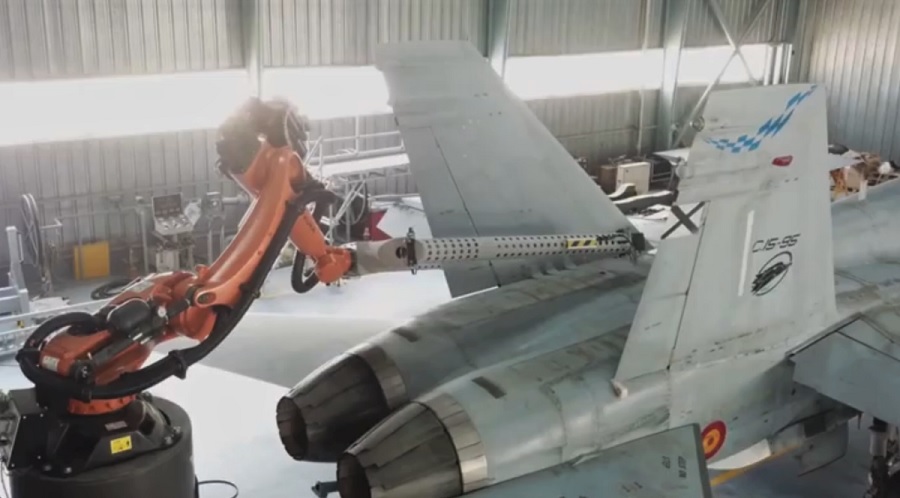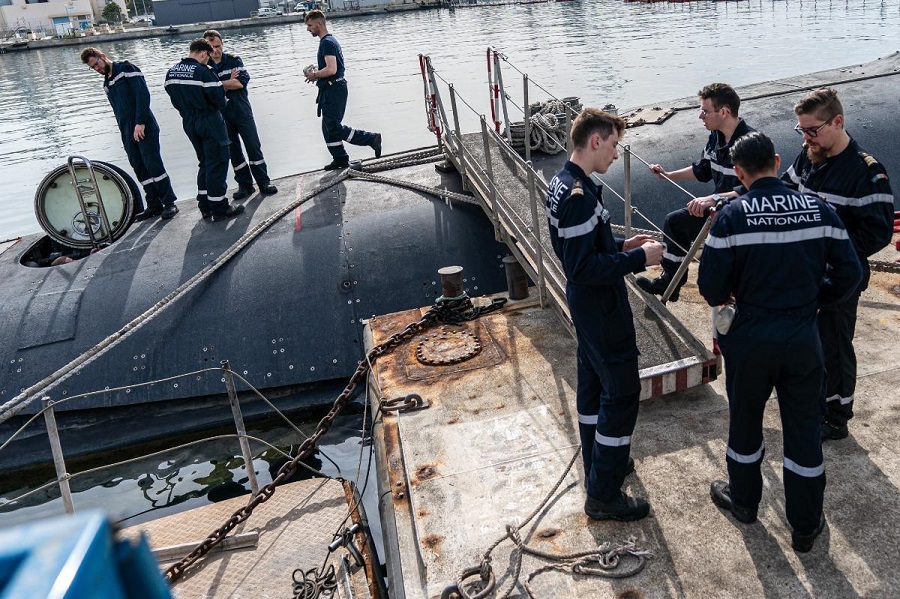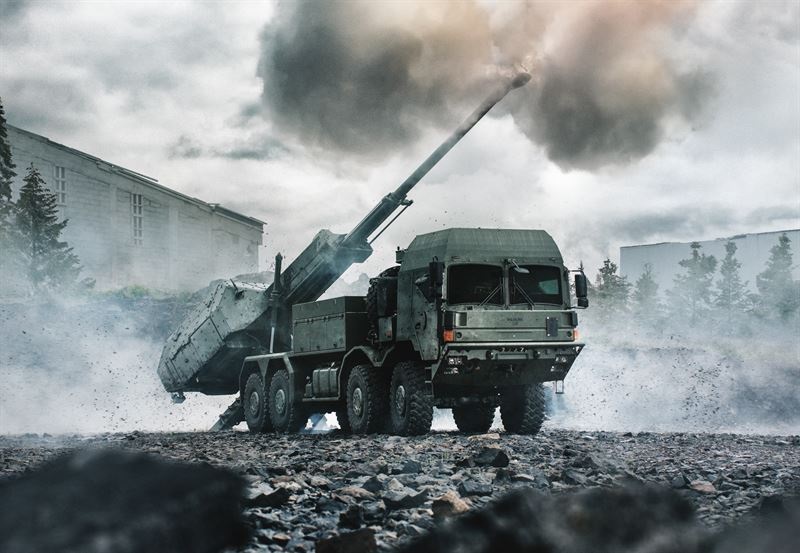Russia’s invasion of Ukraine in February last year was a watershed moment in Europe’s security. Even though Russia’s performance in Ukraine has been poor, Moscow will remain a threat to Europe so long as Putin, or someone else with his expansionist worldview, is in power in Russia. At the same time, challenges in Europe’s southern neighbourhood are intensifying, with Iran’s rapidly expanding nuclear programme standing out as a threat. All this is taking place as the United States is increasingly focusing on China, meaning that Europe will have to do more for its own defence. Washington wants its European allies to make a larger contribution to conventional forces to deter and defend against Russia, in particular by developing more capable land forces. The US will also be less able to focus on security issues in the Middle East and Africa, leaving Europeans to take more responsibility for security issues there.
The problem is that today, Europeans are still greatly dependent on the US for security, and are ill prepared to cope alone. The campaigns in Afghanistan, Mali and Libya underscored the extent to which Europeans depend on the US for capabilities such as command and control, intelligence and surveillance, air transport and aerial refuelling. And without US military aid to Ukraine, Russia’s offensive would probably have been more successful. The fighting in Ukraine has also reminded Europeans of the need for adequate stocks of ammunition and heavy weaponry like artillery, rockets, air defence systems and tanks – something most have neglected to maintain since the Cold War. Member-states’ donations to Ukraine have depleted stocks of equipment and munitions, and defence industries have a limited ability to ramp up production quickly, highlighting the need for larger stockpiles.
Since Russia’s February invasion there have been positive signs that Europeans are taking security more seriously. Many countries have provided significant aid to Ukraine and are increasing their contribution to NATO’s deterrence posture, deploying more troops along the alliance’s eastern flank. The war also spurred Europeans to increase their defence budgets. According to the European Commission, by May 2022 European countries had announced defence spending increases of around €200 billion since Russia’s invasion. The EU has also taken important steps: it provided over €3 billion of military assistance to Ukraine through the European Peace Facility, proving that it is willing to provide partners with extensive lethal assistance. The EU also plans to set up a rapid reaction military force, the so-called Rapid Deployment Capacity, to handle crises in its neighbourhood.
The increase in defence budgets across Europe will help to make up for what the European Commission says is a ‘defence gap’ of €160 billion – the amount of funding missing from defence budgets over the last decade due to insufficient investment. Still, higher defence spending faces headwinds. First, it is easier for governments to promise increases in spending than to deliver them, especially when they are facing competing pressure to increase funding for essential public services to match inflation and to shield consumers from higher energy prices. Second, high inflation will raise the cost of defence equipment, and erode the buying power of defence budgets. There may also be shortages of raw materials like rare earths that are needed to produce defence equipment – an issue NATO is keenly aware of. Third, it is not always easy for member-states to have the right administrative structures and procedures in place to spend larger budgets at speed. In particular, Germany is struggling to spend the €100 billion special defence fund that it set up after Russia’s invasion.
Another question is whether the money from increasing defence budgets is spent co-operatively and efficiently. It is not: while Europeans spend around half as much as America does on defence, fragmentation means that European military capabilities are considerably less than half of America’s. A commonly cited statistic is that Europeans armies have 17 types of main battle tank and 20 different fighter aircraft, while the US has one tank and six types of fighter. That means Europe requires more spare parts, supply chains, training requirements and more complicated logistics. The European Defence Agency’s 2022 Co-ordinated Annual Review on Defence (CARD) found that member-states only spent 18 per cent of their capability development budgets co-operatively in 2021. According to the CARD, “Member-states generally consider co-operation only when it coincides with national plans, benefits national industry, or consolidates a strategic partnership.” Emblematic of this is the fact that there are currently two programmes to develop next generation fighters in Europe: one is Franco-German-led and the other involves Italy, Japan and the UK.
The lack of co-operation has many causes. The most basic is that member-states want to give contracts to their own defence industries. EU attempts to use regulation to open up defence markets have so far largely failed, with countries using national security exemptions to continue to protect their domestic industries. But there are other reasons too: multinational projects are inherently more complex and have historically proven expensive; agreeing on the division of work can be politically challenging; different countries may have different approaches to arms exports, leading to problems if one of the partners wants to sell collaboratively developed equipment to a third country; and some EU countries prefer buying equipment from the US, partly to build better relations with Washington.
A more co-ordinated approach to defence spending would allow Europeans to spend more efficiently, improve the interoperability between their armed forces, and potentially foster industrial consolidation. More co-ordination would also avoid the risk of competition for scarce resources. That is why, at their meeting in Versailles in March 2022, European leaders instructed the Commission to analyse defence gaps and come up with ideas to strengthen Europe’s defence industry. In May, the Commission presented its analysis. It said that in the short term, member-states needed to work together to refill arms stockpiles, improve readiness and fill urgent capability gaps in air and missile defence. In the longer term, they needed to develop and procure next-generation capabilities co-operatively.
To strengthen Europe’s defence industry, the Commission proposed a range of measures, including two new defence funding tools that would involve the EU in the procurement of defence equipment, not just – as currently – research and development. The first tool is the €500 million ‘European defence industry reinforcement through common procurement act’ (EDIRPA), designed to help finance member-states’ joint procurement of defence equipment developed co-operatively during 2023-24. The second is the European defence investment programme (EDIP), which would be larger in budget and take over from EDIRPA after 2024. A core idea of EDIP is to incentivise member-states to form consortia to procure equipment, and to exempt this from VAT. Some projects could also benefit from EU funding. The Commission also said it wanted to increase the size of the EU’s Defence Fund (EDF), used to finance joint defence R&D.
One controversial issue is the degree to which non-EU allies can be involved in EU defence projects. The member-states’ agreed position for EDIRPA is that funding will only go to projects in which components sourced from the EU’s single market make up 70 per cent of the overall cost. This is an understandable choice so far as strengthening the EU defence industry is concerned, but it may decrease EDIRPA’s effectiveness, as non-EU companies can have greater technical skills in many areas. And the 70 per cent rule may disincentivise some member-states from making full use of the EU’s defence tools in the first place.
It remains to be seen whether the EU’s new tools can make much difference and encourage member-states to acquire weapons jointly. EDIRPA and EDIP are not yet operational, and the need to replenish stocks and fill capability gaps quickly is pushing member-states to buy high-tech off-the-shelf equipment from America and other suppliers like Israel and South Korea. For example, Germany will spend at least €13 billion on US fighters and €4 billion on US helicopters. And in October, 15 countries, led by Germany, signed an agreement to set up a ‘European Sky Shield’ air and missile defence system, which is centred on the common purchase of German, US and Israeli equipment. The move was criticised by France, which thinks buying from outside the EU undermines efforts to strengthen Europe’s defence industry.
Buying ready-made defence equipment from the US and other non-EU suppliers is understandable. Buying off-the-shelf means that gaps in military capabilities can be filled more quickly than if the equipment had to be developed and produced in the EU. And, if countries group together to buy the same type of kit, as in the case of the European Sky Shield, that may also reduce fragmentation to some degree. Yet there are concerns about buying from non-EU suppliers. It increases dependency on external suppliers, and that can introduce some risk – particularly in the case of the US, which could see a Trumpian Republican return to the White House in 2025. Purchases from outside the EU also do little to bolster the ability of Europe’s defence industry to innovate and to produce the right equipment quickly. To invest in new capabilities and additional production capacity and skills, defence companies need to be sure about future orders. The EU’s defence industry could also face the risk of losing the ability to produce advanced kit. The EU’s CARD explicitly states concerns that non-EU off-the-shelf purchases could further fragment and weaken the EU’s defence industrial base.
There are other challenges to the EU’s efforts to strengthen European defence. First, EU-led defence initiatives remain too small to be major considerations in member-states’ procurement decisions. But finding more money is difficult, and other ideas, like exempting defence investment from the EU’s rules on budget deficits, or launching a new round of common EU borrowing to pay for defence capabilities, are controversial among member-states. Second, EU defence initiatives are often torn between two aims: on one hand, strengthening the EU’s defence industrial base; on the other, filling capability gaps. The two aims are not always aligned, as noted in a recent IISS study on missile defence. Third, member-states are not used to ‘thinking European’ when it comes to making procurement decisions. According to the CARD, this means that EU defence initiatives “have not reached their full potential”. The key reason is that defence planning is done at a national rather than EU level, with EU tools like CARD having a limited impact.
Finally, EU defence initiatives remain controversial and suffer from a lack of leadership. Many smaller member-states are sceptical and think that those initiatives will only benefit the largest industries and member-states. Non-EU partners fear being excluded and see them as protectionist tools: under Joe Biden, the US has become more positive about EU defence efforts, but it remains critical of how EU initiatives penalise US firms and argues that this threatens interoperability within NATO – a risk that most member-states think is overblown.
Russia’s attack on Ukraine has forced Europeans to do more for their own defence. However, Europe’s defence potential will remain hobbled by fragmentation and lack of co-ordination. To change that, the EU would need to spend more through instruments like the EDF and EDIRPA/EDIP. The Union should also recognise that non-EU partners are vital contributors to European defence. The best way to show that EU defence co-operation is not disguised protectionism, and convince all member-states of its potential, would be to open participation in EU programmes to non-EU partners who share the Union’s values and interests.
This article was originally published by Centre for European Reform. Click here to visit CER website or read the article in .pdf.



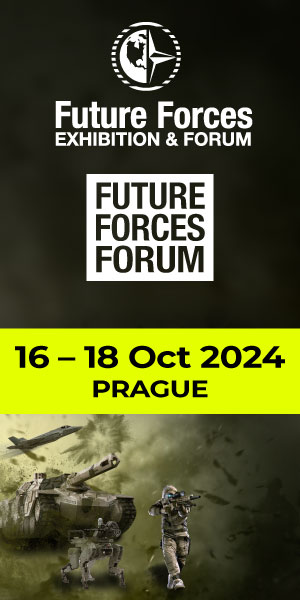


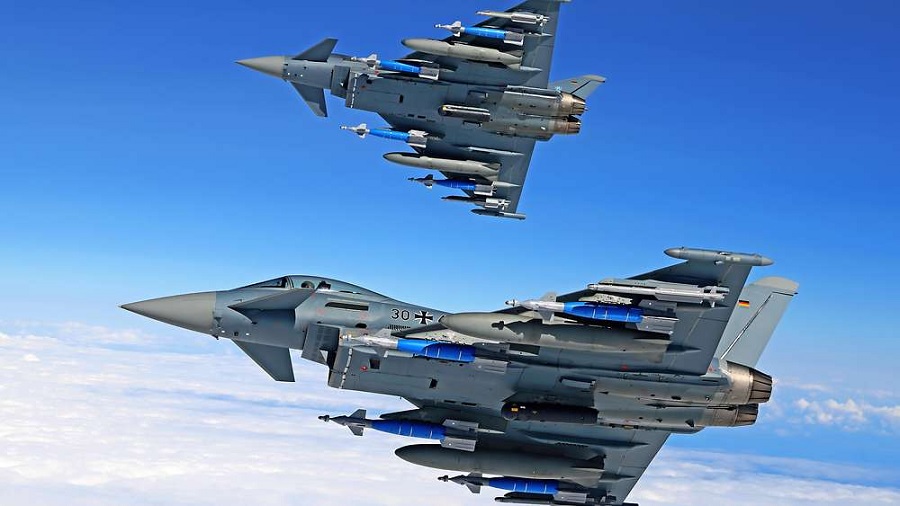
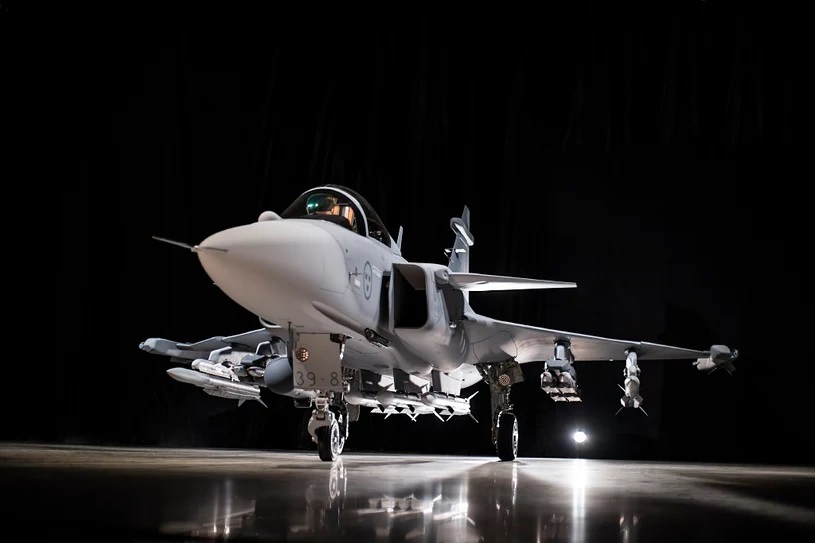
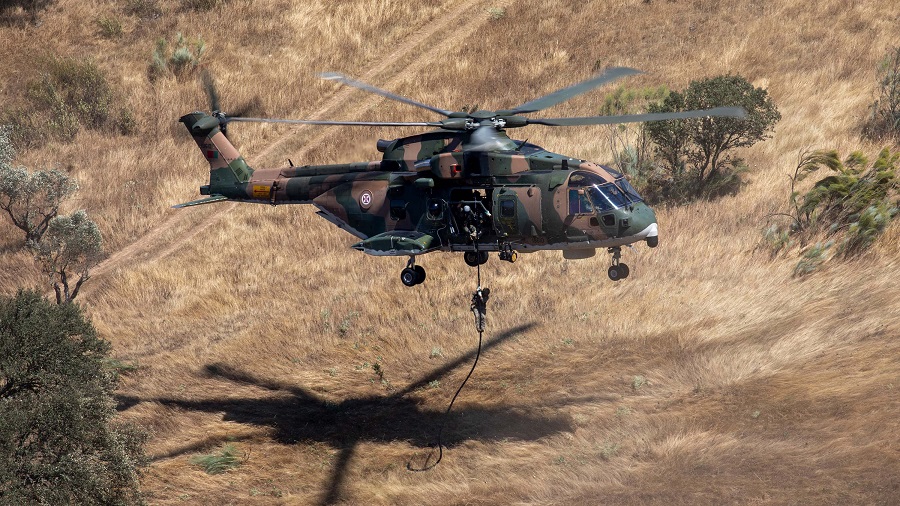
![Croatian Air Force receives first six Rafale fighters from France [VIDEO]](https://defence-industry.eu/wp-content/uploads/2024/04/Dassault-Aviation-delivers-first-six-Rafale-fighters-to-Croatia-VIDEO.jpg)

